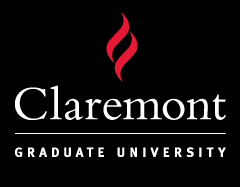Article Title
Abstract
Narratives abound concerning the religious and political positioning of Jerusalem in the past as well as the present and have been used in a variety of ways to serve various ideologies or political ends. One such narrative (which can be found even in some academic treatises of the history of Jerusalem) states that following the Muslim re-conquest of the city after the Crusades Muslim rulers neglected the city entirely, leading to its decline into obscurity and ruin. This narrative asserts that the city remained as such until Zionism, Jewish immigration, and, most especially, the establishment of the state of Israel rescued Jerusalem and resituated it in its preeminent position as the Holy City. This paper argues against such a narrative by examining the architectural contributions and growth of the city religiously during the rule of the Mamluk Empire (1250-1517). While it is true that in some ways the political prestige of Jerusalem waned under the Muslim rule of this time, it’s religious importance grew beyond what it had seen prior to the Crusades. This will be illustrated by a discussion of certain political and religious factors and practices that influenced the development of the city, as well as a discussion of several examples of buildings and structures that illustrate the extent to which the Mamluks prized the city and were interested in both its growth and prestige in religious, albeit not political, terms.
DOI
10.5642/lux.201303.16
Recommended Citation
Smith, Andrew C.
(2013)
"Mamluk Jerusalem: Architecturally Challenging Narratives,"
LUX: A Journal of Transdisciplinary Writing and Research from Claremont Graduate University:
Vol. 3:
Iss.
1, Article 16.
Available at:
https://scholarship.claremont.edu/lux/vol3/iss1/16
Included in
International and Area Studies Commons, International Relations Commons, Other Political Science Commons, Other Religion Commons
